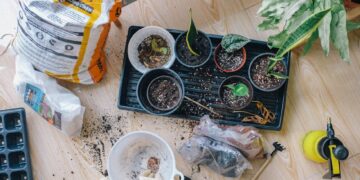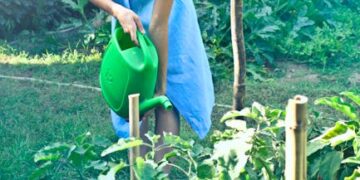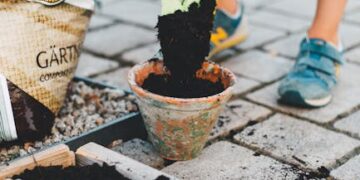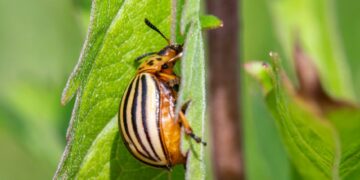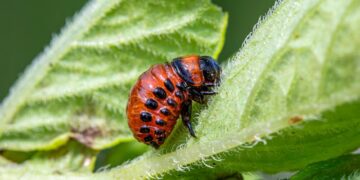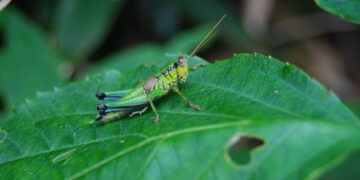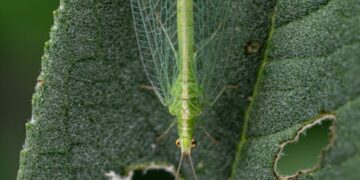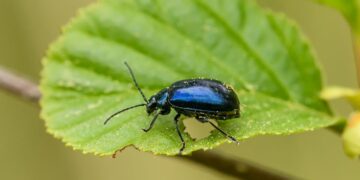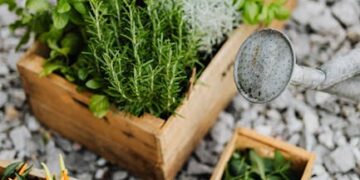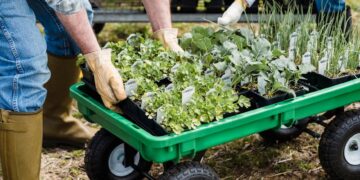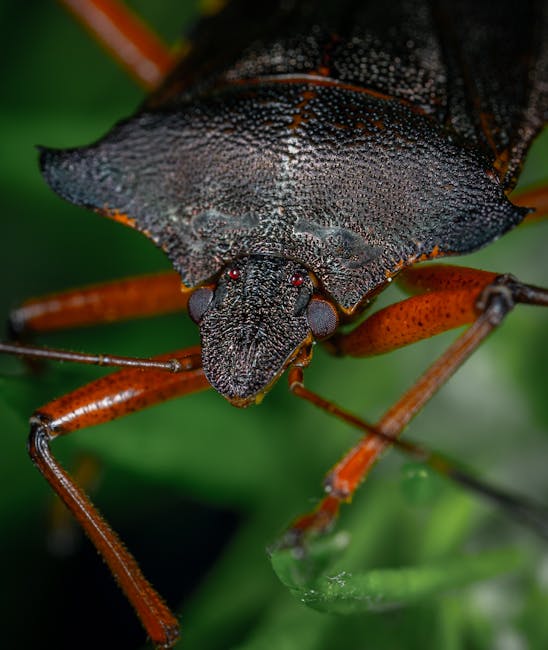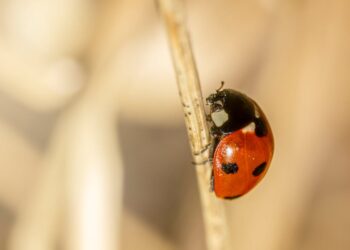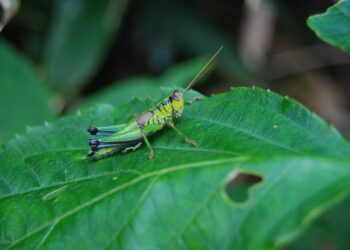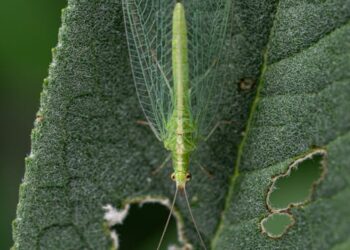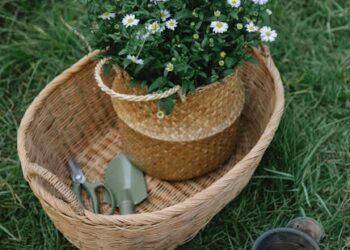Unveiling the Mystery: How to Identify Common Garden Pests and Protect Your Plants
Every gardener’s dream is to have a flourishing garden. But often, uninvited guests can turn this dream into a nightmare. Recognizing common garden pests and understanding how to protect your beloved plants is crucial. This comprehensive guide will help you identify these tiny invaders and provide strategies to keep your garden healthy and thriving.
Understanding Common Garden Pests
First, let’s delve into identifying some of the most common pests that might be lurking in your garden, munching away at your plants.
The Aphid Menace
Aphids are small, often green pests that can also appear black, red, or white. They love to suck the sap from plants, weakening them and possibly spreading diseases. If you spot a cluster of these tiny bugs on the undersides of leaves, it’s time to take action.
The Troublesome Japanese Beetles
These metallic blue-green and copper colored beetles can cause havoc in your garden by eating the leaves and flowers of over 300 different plants. The skeleton-like leaves left behind will tell you they’ve been at work.
Cunning Cutworms
These are the larvae of certain moth species that like to hang around at the soil surface and cut through young plants at the stem during the night. If you find severed seedlings, cutworms are likely the culprits.
Signs of Infestation and First Response
Identifying the signs early is vital to saving your garden from severe damage. Here are a few symptoms and the immediate steps you can take.
Plant Leaves Look Distressed
If your plants are dotted with holes or their leaves are turning a weird yellow or are misshapen, pests are likely the cause. Inspect them closely to understand which pest has made your garden its home.
Action Tip: Remove the infested leaves immediately to prevent further spread and apply an organic insecticide if necessary.
Sticky Residue on Plants
This can be a sign of aphids which excrete a sticky substance known as honeydew. This can lead to a fungal issue called sooty mold.
Action Tip: Spray infected plants with a strong stream of water to dislodge the aphids. For further protection, introduce beneficial insects like ladybugs that naturally control aphid populations.
Preventive Measures to Protect Your Garden
Prevention is always better than cure, especially in gardening. Here are some proactive steps to ensure pests don’t pose a problem.
Cultivating Garden Health
Healthy plants are less likely to succumb to pest infestations. Ensure your garden has rich, well-draining soil. Regular watering and appropriate sunlight are equally important.
Action Tip: Consider companion planting as some plants can repel pests naturally. For example, planting garlic near roses can help deter aphids.
Regular Monitoring and Maintenance
Inspect your garden regularly to catch infestations before they become severe. Pruning overgrown areas helps improve air circulation, which reduces the risk of pests.
Action Tip: Keep the area around your plants clear of debris where pests might hide or reproduce.
Solutions for Managing and Eliminating Pests
When prevention isn’t enough and pests are already a problem, here’s how you can manage or eliminate them responsibly.
Organic Pesticides
Opt for organic pesticides that are less harmful to the environment. Neem oil and insecticidal soaps are great choices as they are effective yet gentle on plants and beneficial insects.
Action Tip: Always follow the instructions on the label for the best results and safety practices.
Biological Control
Using natural predators like ladybirds, lacewings, and certain nematodes can help manage pest populations ecologically.
Action Tip: Purchase these beneficial organisms from trusted suppliers and release them into your garden according to the guidance provided.
Conclusion: The Balanced Approach
Maintaining a garden demands a balanced approach to dealing with pests. Identifying the pests early, taking proactive measures for prevention, and using eco-friendly solutions for infestations can help your garden not just survive, but thrive.
In essence, successful garden management is about creating a beautiful harmony between the plants and their environment. With the right knowledge and tools, you can protect your garden and enjoy the fruits of your labor in every sense.

